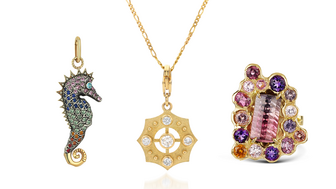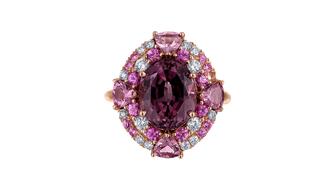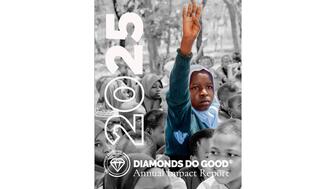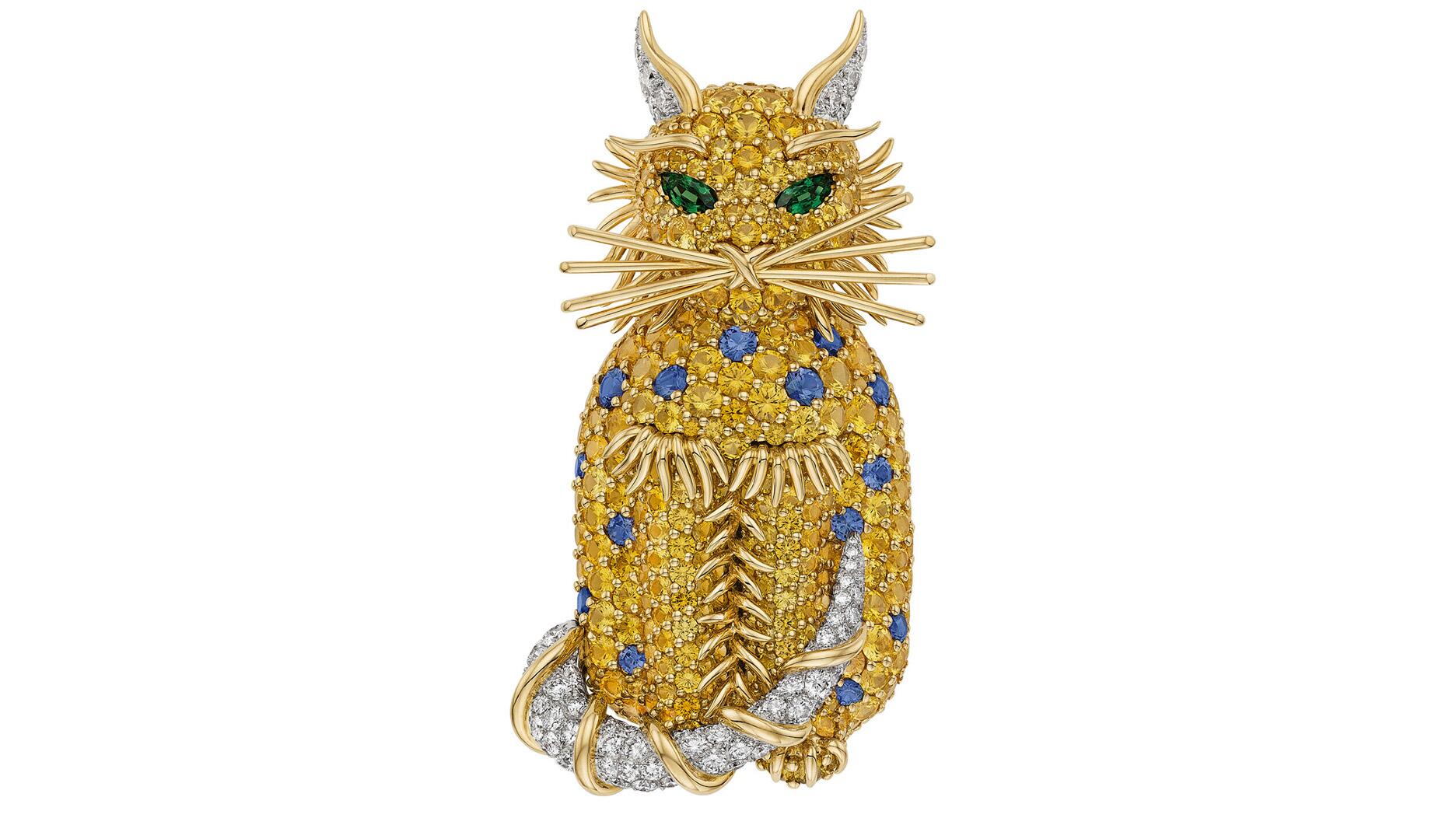NY Times Examines Nazi Ties to Heidi Horten Fortune Ahead of Jewelry Auction
The story details how the late billionaire’s husband, Helmut Horten, built his company by buying Jewish businesses during Nazi persecution.

However, a New York Times report about the provenance of Horten and her husband’s wealth is dulling the sale’s sparkle.
Helmut Horten was the late German billionaire behind the now-closed Horten’s chain of department stores.
Heidi met Helmut, who was more than three decades her senior, at the age of 19. They wed in 1966, and he died in 1987, leaving her close to $1 billion.
The Times report details how he built up his company by buying businesses from Jewish owners who were forced to sell them by the Nazis.
“He laid the foundations of his wealth during the Third Reich by acquiring companies on the cheap at fire-sale prices from Jewish business owners under duress,” David de Jong, author of “Nazi Billionaires: The Dark History of Germany’s Wealthiest Dynasties,” told the Times.
After purchasing a department store in 1936 from Jewish owners at an allegedly below-market rate, Helmut was said to have taken out an ad in a Nazi party newspaper, announcing the store was now under “Aryan ownership.”
Heidi reportedly hired historian Peter Hoeres last year to look into her husband’s past.
In a report, he concluded that while Helmut did benefit from buying businesses from Jewish owners, to say he built his wealth that way is an exaggeration.
Some have taken issue with the report’s characterization of Helmut as merely a savvy businessman who was taking advantage of the situation at hand, rather than someone who supported Nazi ideology.
Stephanie Stephan, a Munich-based journalist and author, told the Times that her father, Reinhold Stephan, was on the board of a Jewish company forced to sell to Horten, and claimed one of the owners was threatened with deportation to a concentration camp if he refused to sell.
Historian Hoeres refuted the accuracy of that claim, citing a lack of records to support it.
In a statement, Christie’s CEO Guillaume Cerutti said: “It was never Christie’s intention to hide information about the well-documented history of Mr. Horten and we have added relevant information to our sale materials and website to ensure that the facts are clear to all.”
There was no mention of Helmut’s Nazi ties in the initial marketing materials surrounding the sale.
Cerutti added that Christie’s will be donating a “significant” portion of the final sale proceeds to an organization that furthers Holocaust research and education.
Anthea Peers, president of Christie’s Europe, Middle East and Africa, told the Times that Christie’s was aware of the “painful history,” but weighed that against “various factors,” noting the proceeds will be donated to charity.
The auction house estimates “The World of Heidi Horten” sale will fetch $150 million, surpassing the auction record set by the sale of Elizabeth Taylor’s private collection in 2011 (total: $137.2 million).
The sale of Horten’s jewels will benefit The Heidi Horten Foundation, which supports her art museum, The Heidi Horten Collection in Vienna, and other causes.
“Please know that we have engaged in both thoughtful and constructive conversations with those who have reached out to us to openly address their concerns,” said Peers in a statement to National Jeweler.
“At the same time, we appreciate our clients’ and colleagues’ candor about the way Christie’s is handling the auction and their support of our efforts to enhance transparency. “
Mark Schonwetter, the former owner of bridal jewelry company Lieberfarb and co-founder of the Mark Schonwetter Holocaust Education Foundation, shared his perspective with National Jeweler.
“These jewels were acquired through funds gained by both force and duress during the Nazi regime, which I feel was very wrong,” he said.
While he understands the money from the sale will go to charity, he said more than a portion of the proceeds should benefit Holocaust research and education.
“[Christie’s] should dedicate this money to organizations that dedicate themselves to educating people not only about the atrocities of the Holocaust, but also to learning from the past so that this will not only never happen again but that we can live in a better world today.
“Let us use the money that was ultimately gained at the expense of those persecuted to educate others.”
The full New York Times report is available here.
The Latest

As the shopping mall model evolves and online retail grows, Smith shares his predictions for the future of physical stores.

The trade show is slated for Jan. 31-Feb. 2 at The Lighthouse in New York City's Chelsea neighborhood.

January’s birthstone comes in a rainbow of colors, from the traditional red to orange, purple, and green.

How Jewelers of America’s 20 Under 40 are leading to ensure a brighter future for the jewelry industry.

The annual report highlights how it supported communities in areas where natural diamonds are mined, crafted, and sold.


Footage of a fight breaking out in the NYC Diamond District was viewed millions of times on Instagram and Facebook.

The supplier has a curated list of must-have tools for jewelers doing in-house custom work this year.

Roseco’s 704-page catalog showcases new lab-grown diamonds, findings, tools & more—available in print or interactive digital editions.

The Signet Jewelers-owned store, which turned 100 last year, calls its new concept stores “The Edit.”

Linda Coutu is rejoining the precious metals provider as its director of sales.

The governing board welcomed two new members, Claire Scragg and Susan Eisen.

Sparkle with festive diamond jewelry as we celebrate the beginning of 2026.

The master jeweler, Olympian, former senator, and Korean War veteran founded the brand Nighthorse Jewelry.

In its annual report, Pinterest noted an increase in searches for brooches, heirloom jewelry, and ‘80s luxury.

Executive Chairman Richard Baker will take over the role as rumors swirl that a bankruptcy filing is imminent for the troubled retailer.

Mohr had just retired in June after more than two decades as Couture’s retailer liaison.

Shekhar Shah of Real Gems Inc. will serve as president of the Indian Diamond & Colorstone Association in 2026.

This year’s good luck charm features the mythical horse Pegasus, and is our first Piece of the Week of the new year.

Articles about crime, engagement rings, and a necklace worn in the World Series generated the most interest among readers.

As part of the leadership transition, Sherry Smith will take on the role of vice president of coaching strategy and development.

It marks the third time the country has headed the Kimberley Process. Ghana will serve as vice chair.

The new Bulova x Stetson designs highlight two animals often associated with the American West—the bison and the Texas Longhorn.

Its residency at Yamron Jewelers will run through May 2026.

From influential executives to innovative designers, we pay tribute to the people we said goodbye to this year.

The retailer is expanding into areas with large Indian and South Asian populations.

The Italian brand has opened its first flagship amid the peaks of the Dolomites in Madonna di Campiglio, Italy.

The new curation at the Natural History Museum of Los Angeles County showcases rare gem and mineral specimens in their uncut, natural state.





























